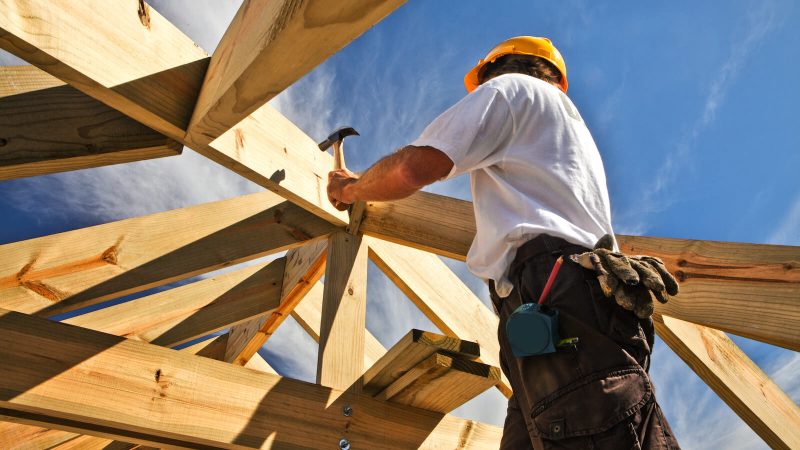The homebuilding industry is one of the most crucial sectors of any economy as it not only contributes significantly to the gross domestic product but also directly impacts various ancillary industries. In recent times however, the industry went through a slump due to a host of reasons. An increased focus towards compact living, growing inclination towards sustainable materials, alongside external factors such as economic downturn, caused a real slowdown in the homebuilding sector. However, with the economy now on the rebound, many experts are predicting a revival and growth in the industry. Hence, as potential investors or buyers, it is pertinent to identify the signs of this potential rebound and position oneself wisely to benefit from it.
Firstly, signs of a homebuilding rebound often lie in the subtle nuances of economic recovery. As employment rates improve, wages increase, and consumer confidence gets a boost, there is a likely rise in home purchases and building projects. Therefore, staying updated on economic indicators such as employment data, average wages, and consumer sentiment indexes can provide early signs of a potential surge.
Secondly, understanding the intricacies of the real estate market is essential. If there’s a decrease in housing inventories, an increase in asking prices, or increased activity in the rental market, these could serve as preliminary signs of a rebound. Also, locations experiencing a surge in business activities or incurring infrastructural developments are more likely to witness an uptick in homebuilding operations.
Changes in government policies are another piece of the puzzle that can provide guidance on upcoming trends. For instance, fiscal stimulus, subsidies, or tax benefits aimed at the homebuilding or real estate market can trigger a surge in the industry. Looking into policies regulating bank loan rates can also be indicative as lower interest rates can stimulate home purchases and homebuilding activities.
Additionally, keeping a close eye on the stock market can also hint towards an impending rebound in homebuilding. Particularly, watching the performance of homebuilding stocks or exchange-traded funds (ETFs) that focus specifically on the homebuilding industry can be quite insightful. Increases in share prices, along with improved earnings and profits, can signal that investors are betting on a stronger homebuilding market in the future.
Lastly, environmental and societal trends can also play a part. For example, a heightened focus on sustainability and green living can give rise to sustainable homebuilding startups, thus initiating a new wave of growth in the industry. Similarly, changes in lifestyle trends like an increase in the popularity of remote working can lead to a rise in demand for homes with dedicated office spaces, thereby fuellying homebuilding.
To sum up, catching a trend early on requires a good understanding of the various factors impacting that particular industry. As meals are to food so too are the economic indicators, real estate market, government policies, performance of related stocks and societal trends to the homebuilding industry. Following these parameters closely, while also understanding their interconnectivity, is crucial for capitalizing on a rebound in homebuilding, whether as a participant or as an investor. As always, sound decisions combine meticulous scrutiny of data with a healthy dose of intuition, leading to informed and successful outcomes in catching the homebuilding rebound trend early on.




